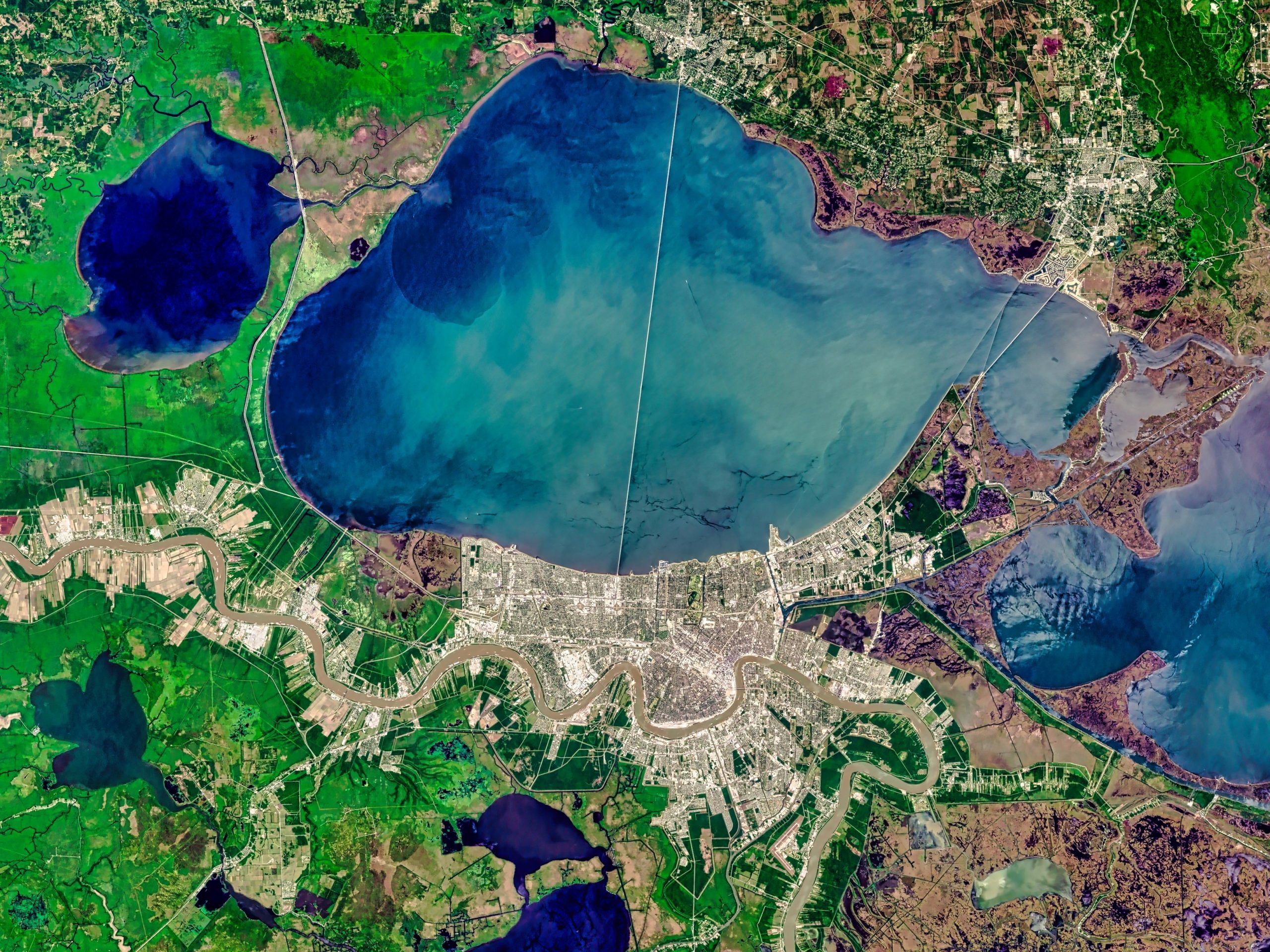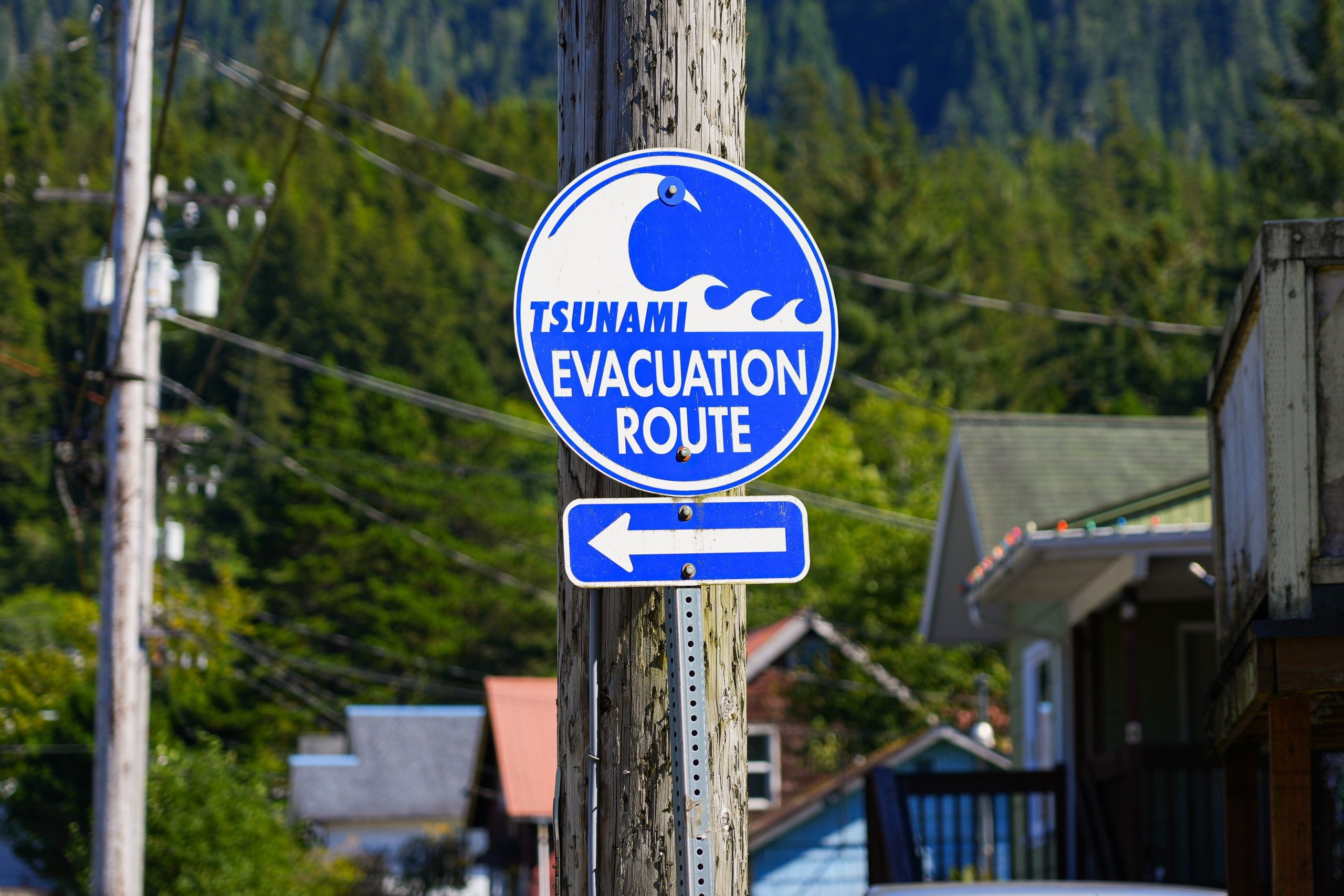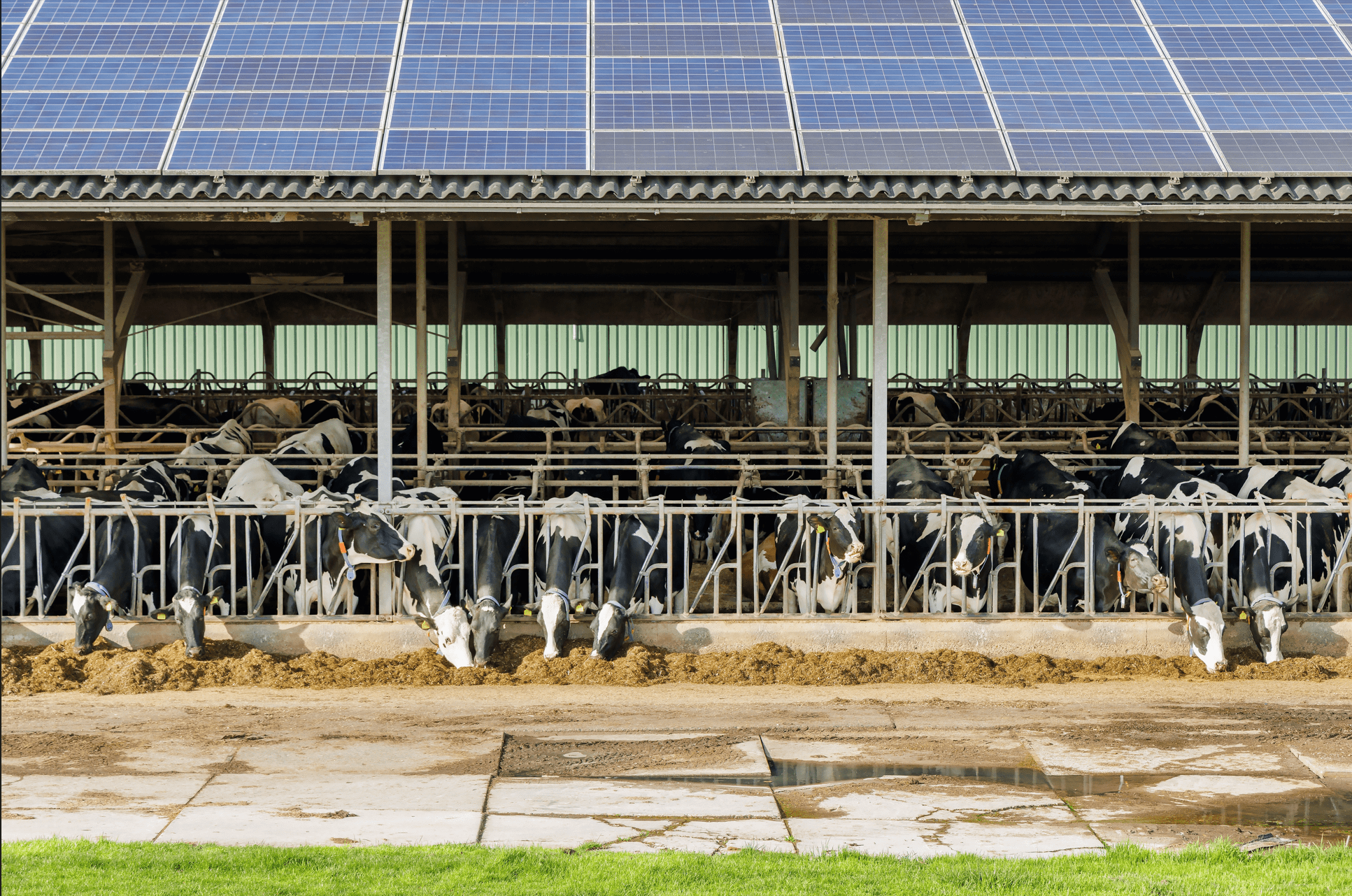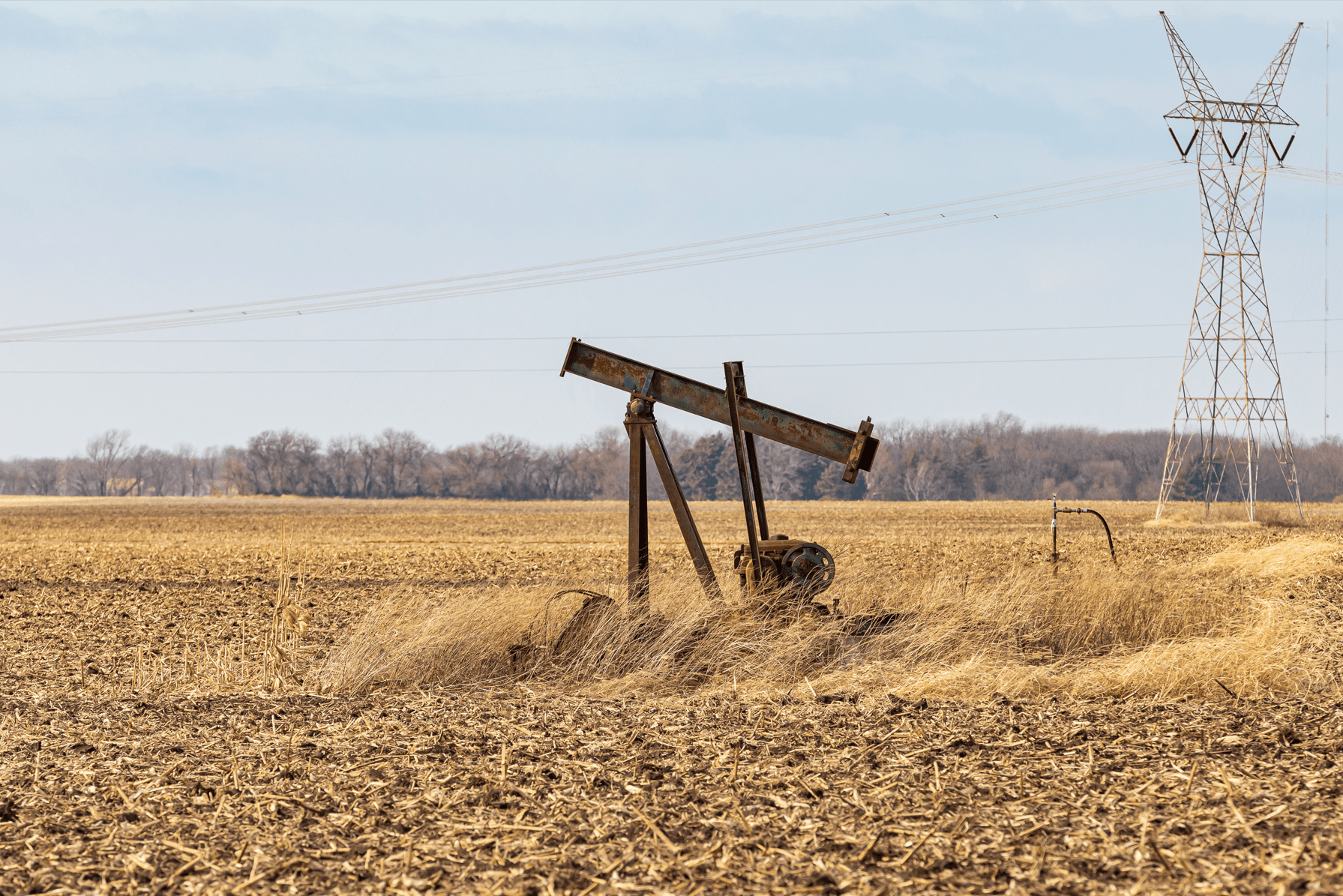
Stranded oil and gas wells — left by companies that go belly up or simply forget about them — number anywhere between 310,000 and 800,000 to two million, of which only about 120,000 have documented locations. These wells are left to rust and bleed pollutants into farmlands, forests, and residential communities. And they all leach methane, salty brine, oil, and volatile compounds, endangering the 14 million people that live near them.
To clean up orphaned wells, they must be plugged with about a half-mile’s volume of concrete. This costs $20,000 on average per well. A new national priority, funded by the Infrastructure Investment and Jobs Act (IIJA), aims to stop their continuous dribbling of natural gas and oil into soil and groundwater, and the three percent of national methane emissions polluting air that exacerbates respiratory conditions such as asthma.
All in all, IIJA commits $4.7 billion to the Orphaned Well Site Plugging, Remediation, And Restoration program. First-round funding went out to 26 states and ten Tribal Nations this past fiscal year, with grants varying based on whether assessment (finding and inventorying wells) or plugging activities were planned; $658 million went out to states while $39.4 million went to Tribal Nations.
Based on 2021 formula grant notices of intent reported to the Department of the Interior (DOI), Pennsylvania currently leads in reported orphaned wells at almost 27,000, with Ohio (19,662) and Oklahoma (17,865) relatively close behind. According to analysis performed by the Environmental Defense Fund, West Virginia also has a significant number of orphaned wells; the state reported 6,309 in its 2021 notice of intent to the DOI.
This fiscal year, $684 million is estimated to flow toward states with $50 million estimated for Tribal grants, in addition to $50 million from the Federal Orphaned Wells Program available to plug the thousands of wells on federal land. Much of this funding will benefit environmental justice communities, explicating how the program qualifies as a Justice40 program (Figure 1).
Figure 1: USGS orphaned well inventory plotted against CEJST Environmental Justice Communities
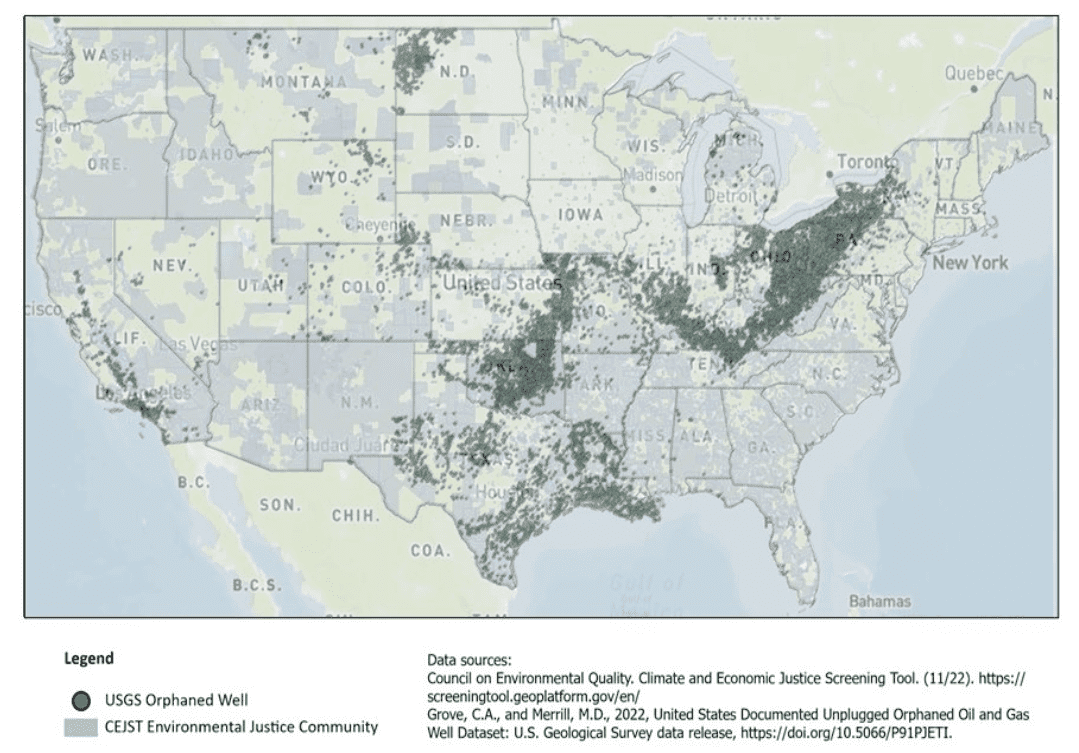
Source: FY2023 Orphaned Wells Congressional Report
$4.7 billion is not an insignificant investment. The fact that the federal government is paying heed to this issue is critical, but $4.7 billion unfortunately represents only a starting point to plugging orphaned wells and is not sufficient to complete the necessary environmental remediation for the ecosystems that have experienced well-related pollution.
In 2021, Resources for the Future (RFF) analyzed 19,500 wells in Kansas, Montana, New Mexico, Pennsylvania, and Texas to examine the cost of plugging and remediating an orphaned oil; they found an average cost of $76,000. Given the midpoint of the DOI’s estimate at 555,000 orphaned wells and Environmental Protection Agency’s rough estimate of two million nationwide, the bill to plug every well in the country could range from $42 billion to $152 billion.
This approximation does not factor in the cost of identifying and locating the 94 percent of orphaned wells the EPA estimates have not been recorded. Older and deeper wells cost more to remediate; without demographic knowledge of these wells, the real cost of identifying, plugging, and remediating may vary greatly.
Additionally, because wells are scattered across a variety of geographical and topographical regions, each well requires individual consideration of potential environmental repercussions. What if there’s an aquifer near a well? What if there is a mix of soil or rock types in the area, requiring different kinds of plugging materials? What precautions should be taken to prevent the bubbling of oil up to the surface and contaminating soil?
The question of how long it will take to complete this plugging is unknown. With billions floating around the country for this initiative, contractors familiar with and new to plugging wells abound. Private companies are cleaning up their messes, albeit slowly, after public pushback. Diversified Energy Company recently noted at a hearing for a bill regarding orphaned well cleanup that it will remediate or reinstitute into production 50 wells annually per a deal it reached with West Virginia. At that rate, the Mountain State Spotlight highlighted that it would take 44 years for the company to address its 2,200 abandoned wells.
Diversified’s deal with West Virginia will actually allow it to circumvent a legislative requirement for companies to “promptly” plug wells they intend on orphaning; this is the premise of a bill working its way through West Virginia’s state legislature, which also would shield producers from lawsuits like this active one for shirking their duty.
Federal dollars and public interest in orphaned well remediation is alive and well. However, it requires support at the state level to incentivize contractors and private companies in the process of abandoning oil and gas wells — such as Colorado’s Orphan Well Mitigation Enterprise fee — to hasten the process.
